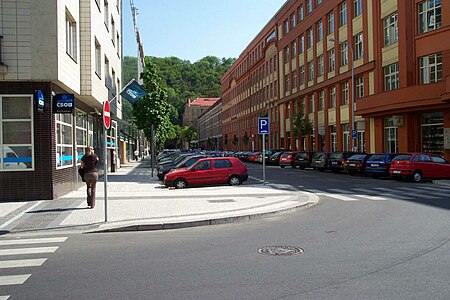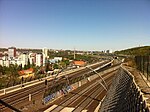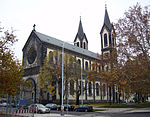The Nové spojení (Czech for "New Connection", full name Nové spojení Praha hl.n., Masarykovo n. – Libeň, Vysočany, Holešovice) is a series of tunnels and bridges forming an important part of the railway network in Prague, Czech Republic. The network was constructed between 2004 and 2008 and opened in 2010. It links the two central stations, Praha hlavní and Praha Masarykovo, to Libeň, Vysočany and Holešovice stations and the start of their respective mainline corridors towards Česká Třebová, Hradec Králové and Ústí nad Labem. The construction has increased the capacity of the trunk lines serving Praha hlavní nádraží, allowing more trains to terminate there. Prior to its completion, many international trains terminated at Holešovice station, due to lack of access to the centre from the northern and eastern routes. Trains are now also able to travel at speeds of up to 100 kilometres per hour (62 mph) on the tunnel sections. The construction is also part of a larger plan to improve the sections of pan-European corridors on Czech territory.After leaving both central stations, the electrified tracks lead through a 1.3 km-long tunnel under Vítkov hill in Žižkov, then over a series of bridges skirting the Žižkov-Libeň border leading to a large junction at Balabenka. From here, trains continue east to Vysočany and Libeň, and turn north to Holešovice station, making use of the previously existing tracks which lead to Holešovice from Libeň. The construction of Nové spojení also led to numerous improvements in road infrastructure, including a heated overbridge at Krejcárek, which replaced a level crossing.












